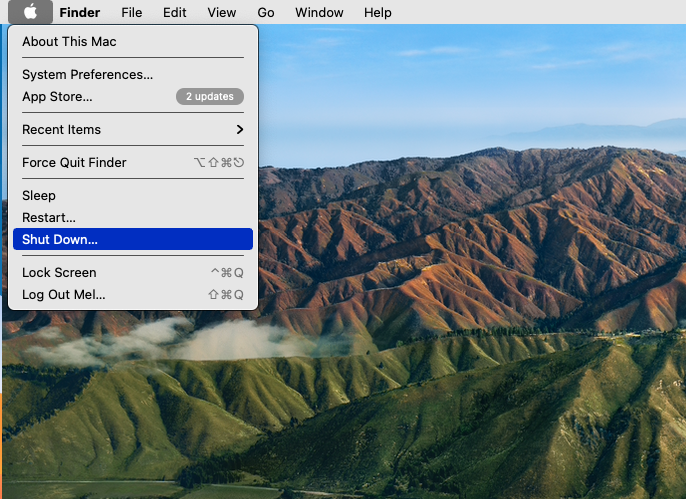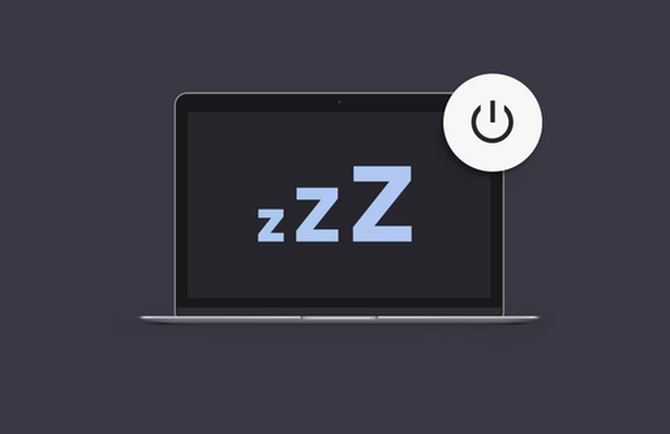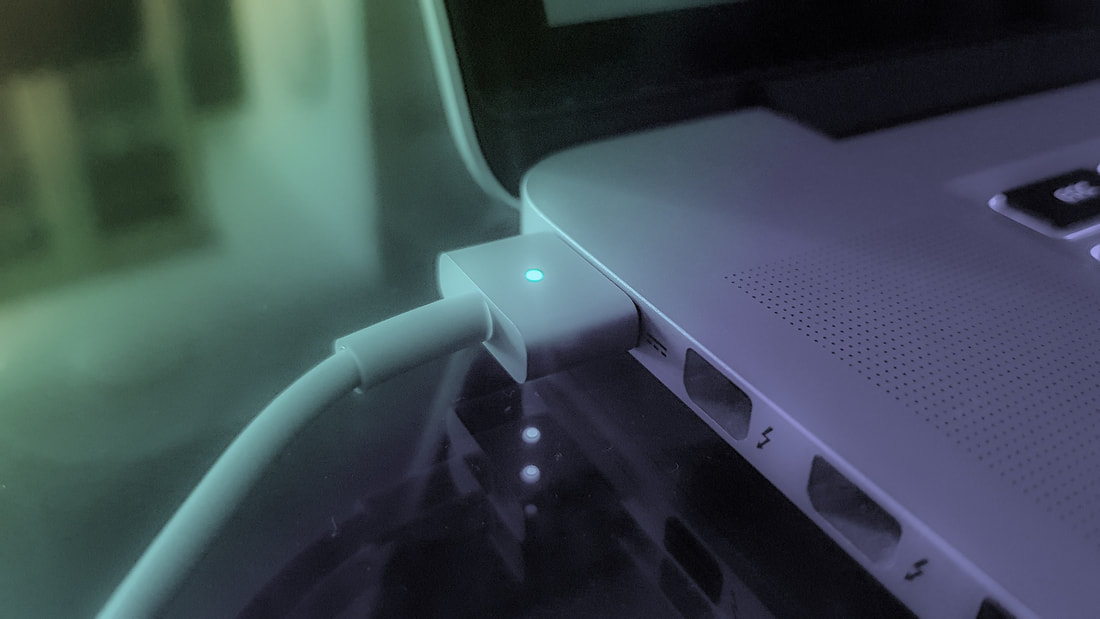|
This is a question that we get asked a lot, so read on to find out the pros and cons of shutting down your Mac, versus letting it sleep. Shutting down your Mac There are three options available to every Mac user when they have finished using their Mac for the day: leave it on, allow it to sleep, or shut it down. Most people don’t just leave their Mac on, primarily because it uses more electricity than allowing it to either sleep or shutting it down, and your data may not be secure. But is it better to allow it to sleep, or to shut it down completely? Over time, apps and processes can clog up your Mac’s RAM (or ‘Unified Memory’ as it’s now called in newer Macs). This can cause your Mac’s performance to drop significantly, especially on older Macs, leading to apps that are slow to open or respond, or a time lag between typing and the characters appearing on the screen, for example. Whilst quitting and relaunching apps, or closing multiple browser tabs can help, the best way to clear out the RAM is to shut down your Mac. It's also important to note that some app updates only come into effect after shutting down and restarting your Mac, so the occasional restart will ensure that everything is working as it should. But how often should you shut down your Mac? Letting your Mac sleep We’ve discussed the advantages of shutting down your Mac, but what are the advantages of just letting it sleep? The most obvious benefit is that allowing your Mac to just sleep preserves all the open windows and tasks you were previously working on. It will also wake up considerably faster than a Mac that has been turned off. In terms of energy usage, Macs use very little energy when sleeping, and in fact may use more energy shutting down and starting back up again. With the above in mind, if you are using your Mac daily, we would recommend shutting it down completely a few times a week (to refresh the RAM, shut down any processes that are stuck and ensure that any installed updates are applied), and then allowing it to go to sleep for the rest of the time. However, if you are not going to be using your Mac for a day or more, it would be best to shut it down. Mac battery health One more important point to note for MacBooks is in relation to battery health. If you are going to be storing your MacBook for an extended period of time without using it, it should neither be left plugged in on 100%, nor allowed to fully discharge to 0%, as this can damage the battery, rendering it incapable of holding a charge. If you have accidentally allowed your Mac’s battery to fully discharge and it doesn’t seem to be charging at all, try leaving it on charge for a long period of time eg all day or night. If you are lucky, it will begin charging again (although the battery’s storage capacity may have been permanently reduced). And if not, contact us regarding the replacement of your laptop battery.
0 Comments
|
|
Blue Apple Systems Ltd
Unit 6 Alfold Business Centre Loxwood Road, Alfold Surrey, GU6 8HP 01403 753666. |
Blue Apple Systems Limited is authorised and regulated by the Financial Conduct Authority. Blue Apple Systems Limited is not a lender, but a licensed credit broker, licensed to introduce borrowers and lenders
for the purposes of entering into short-term leasing agreements. Blue Apple Systems Limited does not charge customers a fee for using its broker services, but receives a 1.5% to 2% commission from lenders if a customer enters into a consumer credit agreement with a lender following introduction. © Blue Apple Systems Ltd 2015. All Rights Reserved. Blue Apple Systems Ltd is registered in the UK. Company registration number 05110252. VAT No 827058618. All prices are subject to VAT at the current rate of 20%. |




 RSS Feed
RSS Feed
